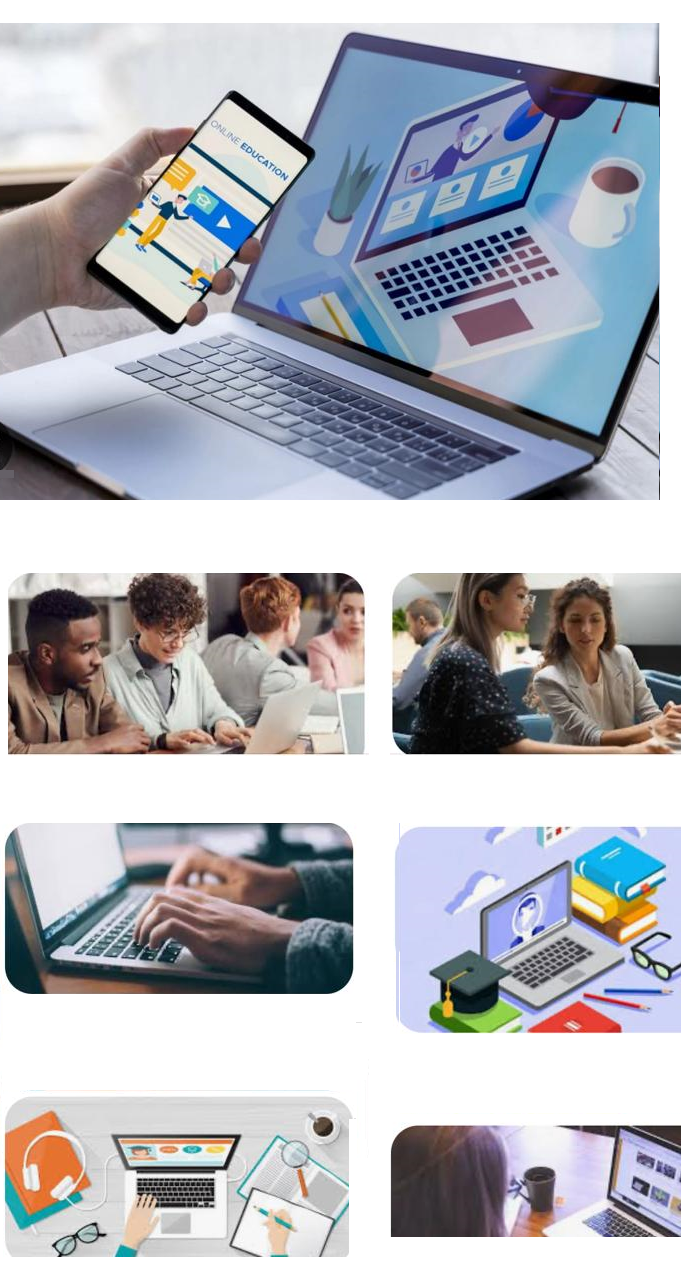Services
1. Bilingual Course and Program Design
Objective:
To develop flexible and effective bilingual training and learning programs, tailored to the specific needs of the organization, in any delivery modality (in-person, hybrid, or online), maximizing knowledge retention and application, and improving employee performance.
Strategy:
We focus on exhaustive research, logical content structuring, and the production of attractive and relevant didactic materials, ensuring alignment with business goals.
Methodology:
- Needs Analysis: Conduct interviews with stakeholders to understand objectives, audience, existing content, and potential limitations.
- Design: Develop a detailed instructional design plan outlining learning objectives, pedagogical strategies, activity types, evaluation methods, and technology specifications (if applicable).
- Development: Create instructional materials (e.g. presentations, manuals, e-learning courses, facilitator guides) and interactive learning resources.
- Review: Collaboration with specialists and subject matter experts to ensure accuracy, alignment, and relevance of content.
- Evaluation: Collect feedback, analyze results, and implement continuous improvements based on evidence.

2. Curriculum and Content Structure Design
Objective:
To create updated and engaging curricula that support the organization's strategic objectives and facilitate the development of key competencies.
Strategy:
We implement a learner-centered approach, combining instructional design principles with flexible formats (in-person, hybrid, online) to ensure maximum knowledge retention and application.
Methodology:
- Research and Benchmarking: Analyze industry best practices and align with relevant educational standards.
- Profile and Competency Definition: Identify the key competencies learners must acquire.
- Curricular Structuring: Design the program, including modules, units, and logical learning sequences.
- Content Creation: Write, edit, and produce original, high-quality didactic materials (texts, exercises, case studies, multimedia).
- Review: Collaborate with specialists and subject matter experts to ensure accuracy, quality and relevance.
- Evaluation: Analyze outcomes and implement continuos improvements.

Strategies Aligned with Your Processes
We design learning strategies that integrate perfectly with your company's processes and objectives, ensuring efficient knowledge transfer and continuous improvement.
- Process and Workflow Mapping:Conduct a thorough analysis of operational processes to identify inherent training needs.
- Knowledgeand Skill Gap Identification: Diagnose areas where training can improve employee performance.
- Learning Strategy Design: Develop training plans that integrate seamlessly into the employee's workflow (e.g. microlearning at the point of need, onboarding programs).
- Technology and Tool Selection: Recommend and configure LMS, LXP, or other platforms that best support the learning strategy.
- Implementation and Monitoring: Launch the learning strategy and continuously monitore its impact on performance indicators.

Measurable and Evaluation Framework
To measure the results obtained from the implementation of our programs, we use the following lines of action:
- Definition of KPIs (Key Performance Indicators): Clearly define what will be measured and how, ensuring alignment with business objectives.
- Evaluation Instruments: Design surveys, tests, performance rubrics, and observation tools to collect both qualitative and quantitative data.
- Data Analysis: Process and interpret collected data to evaluate learning effectiveness and performance impact.
- Impact Reports: Develop clear, concise reports that demonstrate the ROI (Return on Investment) of the training initiatives.
- Continuous Improvement Cycle: Use results and feedback to refine strategies and optimize future learning interventions.
Our bilingual programs are based on English as a Second Language (ESL), ideal for an increasingly diverse workforce in the areas of:
- Manufacturing and Construction
- Warehousing and Logistics
- Hospitality and Services
- Health and Home Care
- Agriculture and Landscaping

